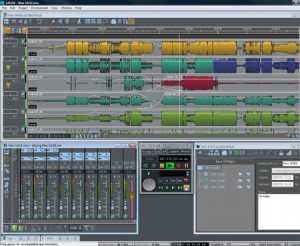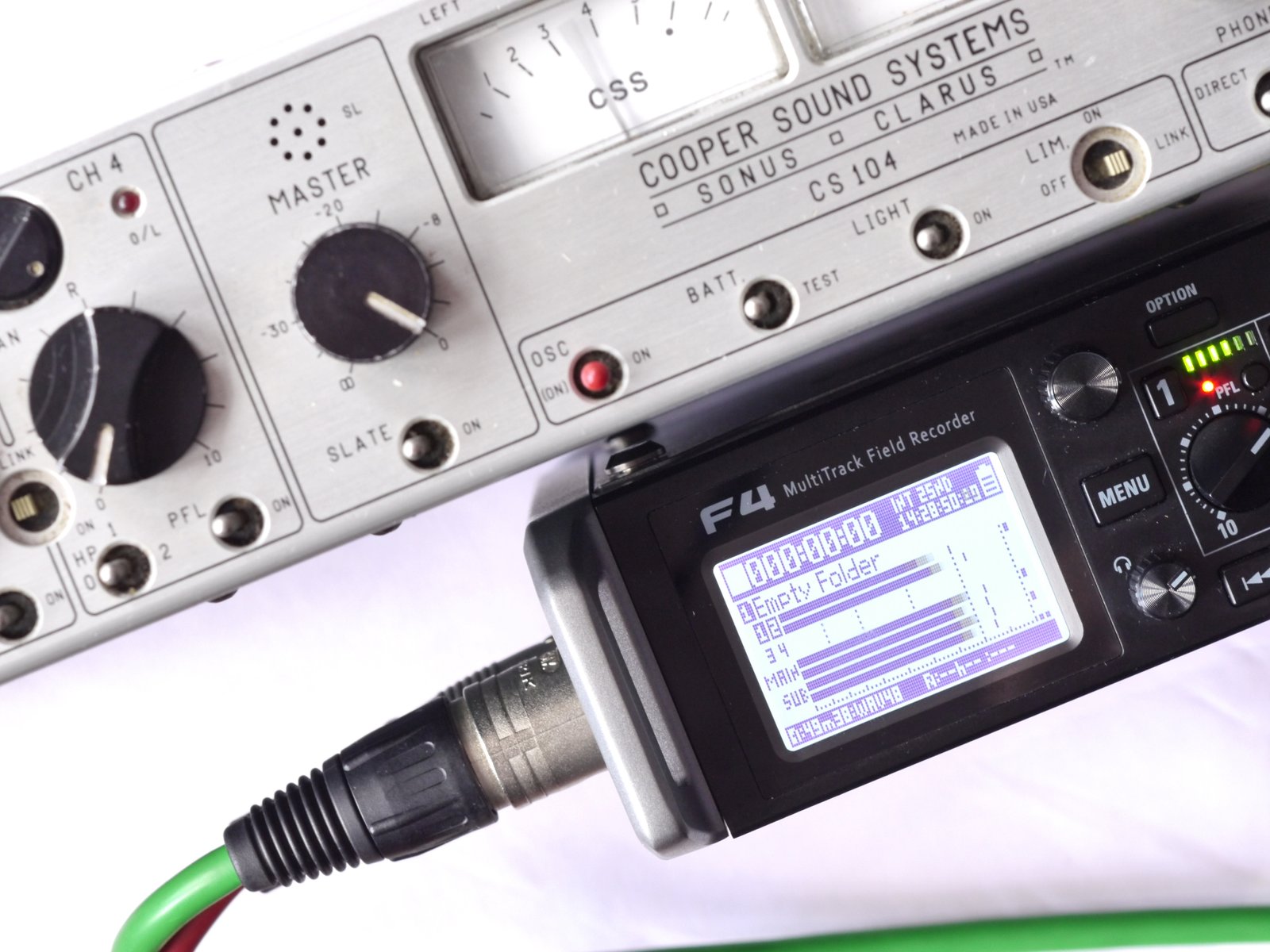There are some things that are better left uncounted, like the number of computers under my desk. Five last time I looked. It’s not quite as bad as that, two are on the mend pile and one of the others is a single task machine. It runs Sadie 4 under Windows 2000, and that’s all it does. Why? Well editing for one, Sadie’s trim window (even back in the days of V4) is a thing of luminous beauty. Powerhouse PQ editing for a second, Sadie’s PQ editing is industrial strength. And it is mastering updates that push Sadie to version 6.1, with some additional features that we’ll come to momentarily.
Sadie 6.1 is really a software family (or better maybe a core application with a range of task focused enhancements) that runs natively on Windows in 32 and 64 bit versions. It’s also a hardware family. If you want what Prism Sound call ‘high reliability’, you can have dsp and i/o on pcie cards or the LRX2 portable mixing and recording option or you can enjoy the undoubted goodness of the Prism Sound range of external USB boxes. A range which seems to grow every time you log back into Prism Sound’s web page, and joy of joys not only has there just been a bit of a price cut, but if you buy a Lyra, Titan or Atlas you get the Sadie multi-track recording application thrown in.
For this review I was running Sadie native under Windows 7 64bit and mostly using Antelope’s heavy hitting Zen Studio to talk to the outside world. Sadie install is straightforward and there’s a free thirty day trial of the software on www.sadie.com, so really there’s no excuse not to give it a whirl. The glory of native is of course that you can record your material on your high spec H64, Orpheus or even Zen Studio hardware but then happily cut away on a laptop on the train. Should circumstances require.
Maybe not surprisingly one of Sadie’s great strengths is in the field of mastering. Given the quality of the audio editing, the sophistication of the PQ implementation and the solidity of the DDP facilities, Sadie is a no brainer for a lot of mastering houses. But with file based delivery carving an ever bigger slice of the pie what we really need is mastering for wavs. However one of the great challenges of the digital world has been file identification in the face of the almost unlimited power of duplication. When you have multiple copies of closely related files, many with similar or even the same file name, `have I got the right file?`, is a question we all need to take very seriously. In a file based mastering context it’s the sort of thing that wakes you up in a cold sweat. Did I really master the file with the guide vocals, or is the singer really that bad? What we need to do is leverage the ISRC data (International Standard Recording Code) that are embedded in our DDP files for a wav based process. Cue Sadie 6.1 and Wav Master.
The idea is simple, use the same production process for your wavs that you would use for a DDP master. Your PQ meta data will define your wavs and if you are mastering for glass and file and want identical results, then the same edl can be used to generate your DDP files and your wav master files. In Sadie 6.1 the output stage for DDP is the ‘Read/Write PQ Data’ function. With an edl fully loaded with audio and PQ meta data this now gives the option of writing a ‘WAV Master’ alongside the DDP and direct to burner options. The wav files at the output have a flexible set of naming options including the ISRC code. And the same ISRC code that you would use for your DDP output is burnt into the BWAVs in an XML chunk that is EBU compliant. The standard has been pushed by the UK based Music Producers Guild and hopefully will enable not just better housekeeping and less sleepless nights but also a more robust rights tracking and payment environment. I knew that would get your attention. The idea being that the right people get paid when the right meta data is locked to the right files. And that can only be a good thing.

Given that life is not always straightforward and you may not have all the codes you need exactly when you need them. Sadie includes an edit option that allows you to edit the XML ISRC code for any audio clip in your project with a simple right click on the file.
Also new in Sadie 6.1 world is an addition to the sample rate conversion options, labeled ‘Best’. I suppose with Prism Sound’s reputation for very high end conversion it’s nice to get a slice of that expertise flowing into the Sadie software. And in this world of multiple sample rates you can’t have too many options in SRC. Any process that does SRC in the ‘background’ in Sadie 6.1 now uses the ‘best’ quality option by default. I would like a simpler methodology for SRC before we load a clip into the edl, an option in the clipstore would suit me fine. But I’m a lazy so and so.
Talking of things I would like, the ‘new’ colour scheme is remarkably soothing but as my eyesight wanes light blue on grey is a little too much soothe. Can I have an old guys skin? And if I can have a final request – you know the bug you so efficiently squashed – the one that flattened automation to the end of the clip after a cut and glue? Could you put that back in as a feature, some people liked it!
For me Sadie continues to offer a distinctive work flow that sets it apart from most other DAWs. The power and sophistication of the software is not presented in a way that overwhelms you on boot up, but is elegantly embedded and smooth in operation. With class leading editing and mastering functionality, an ever growing family of hardware options and some video enhancements round the corner, the Prism Sound team have an ear catching product.

